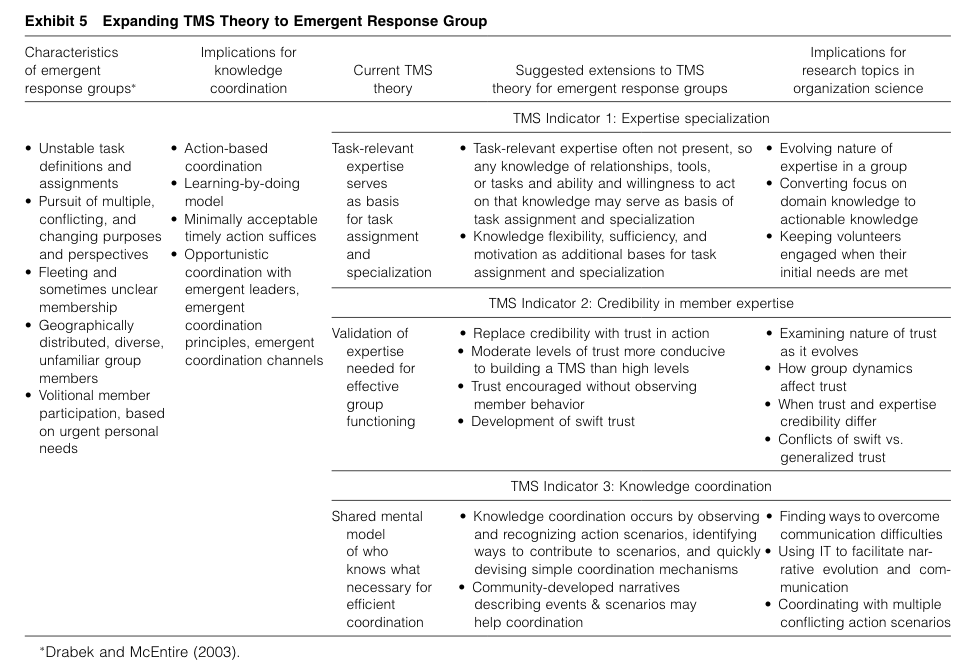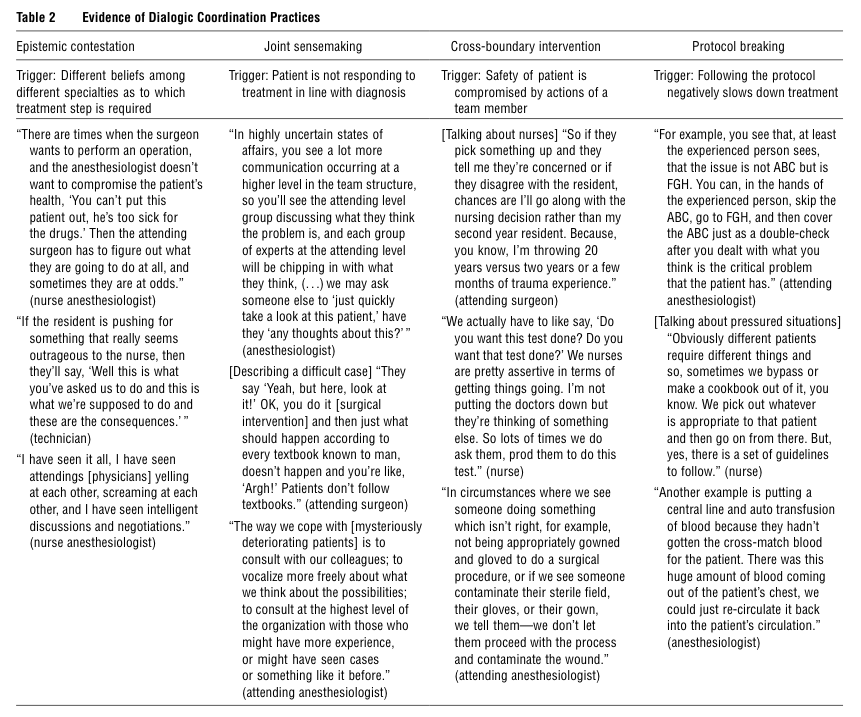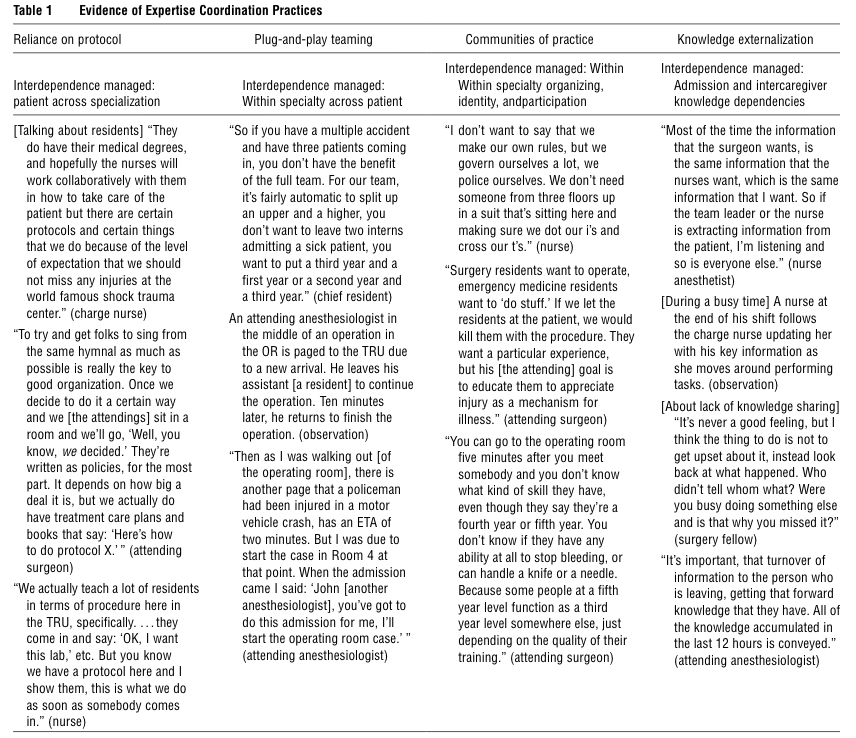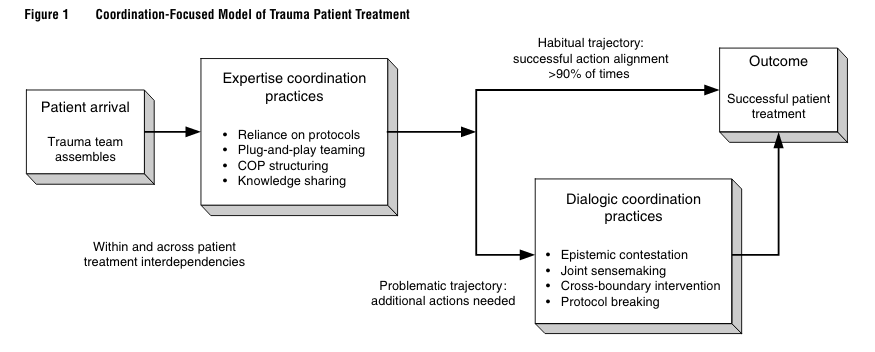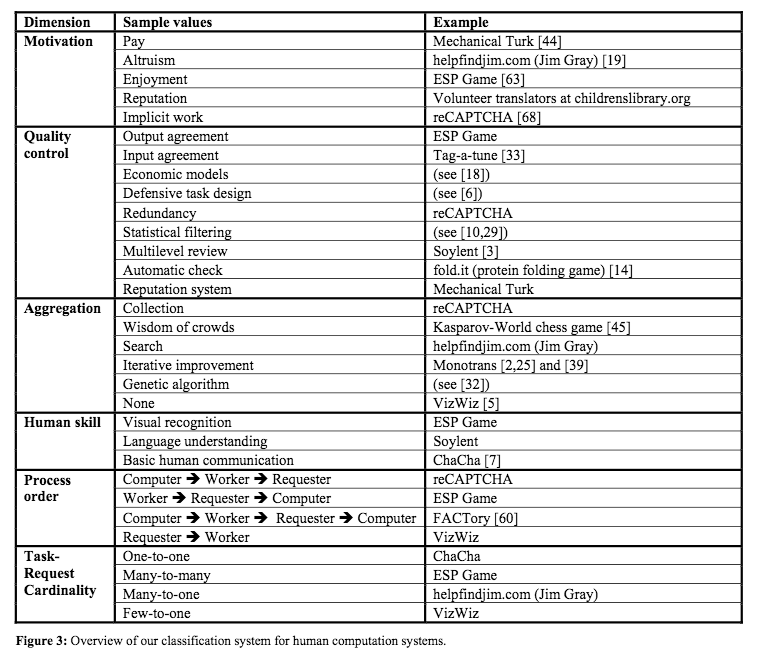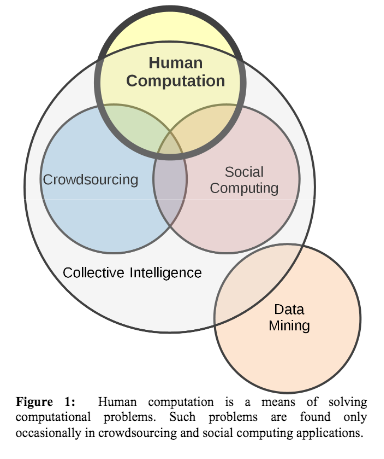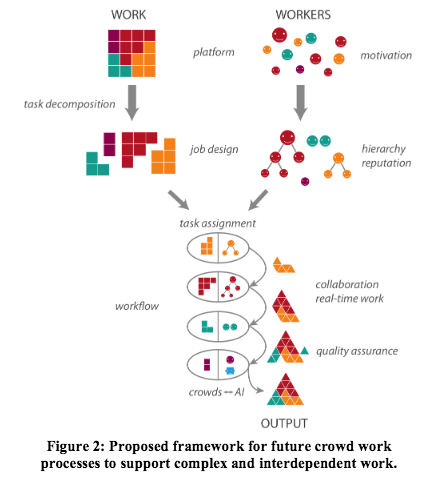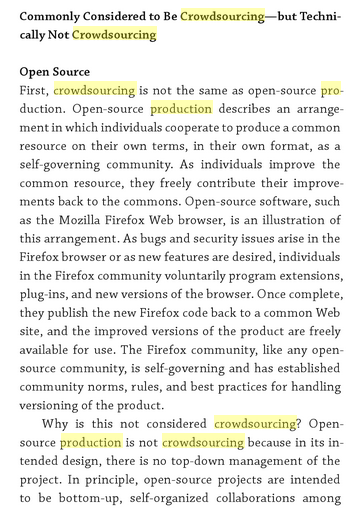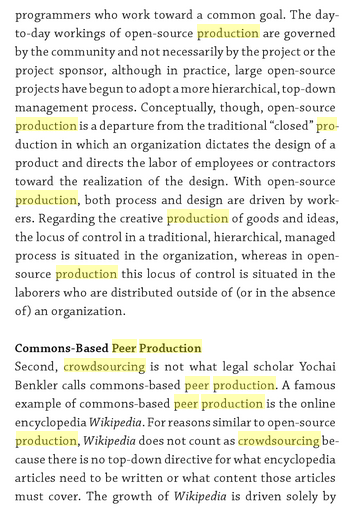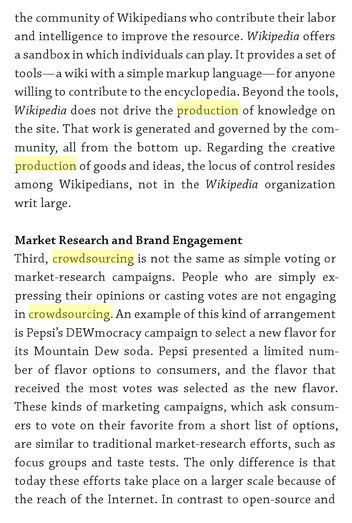mutual coordination (i.e. Stigmergy) is to commons-based peer production!
for - adjacency - mutual coordination - commons based peer production - soft metamemes
adjacency - between - mutual coordination - stigmergy - commons-based peer production - soft metameme - adjacency relationship - In my experience of working in many commons-based peer production groups, a new soft metameme is actually required to overcome the limitations of conditioning from the old soft metameme

